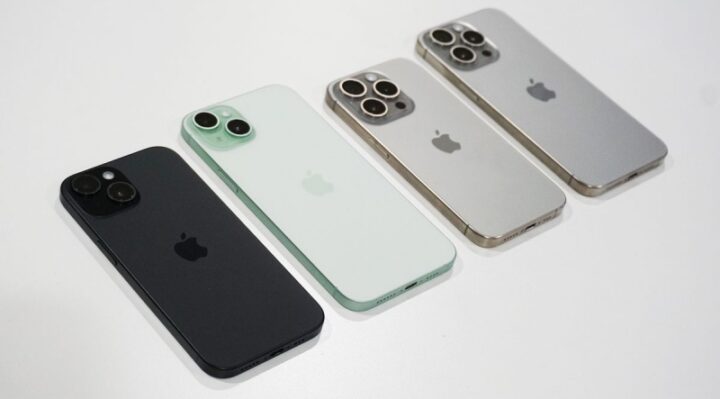A new vertical camera design may be coming to the iPhone 16 line


A new leak suggests that Apple’s rumored iPhone 16 series may have a redesigned rear camera setup. According to a leaked photograph, the iPhone 16’s camera module is visible, and this means it might be the first phone since the iPhone 12 to have a vertically oriented rear camera. In addition, an unconfirmed report indicates that there will be five variants in the iPhone 16 lineup, with the present 6.7-inch Plus model possibly being replaced by an iPhone “Plus SE” model.
Vertical Camera Coming to the iPhone 16, 16 Plus:
The vertical camera layout of the iPhone 16 appears to be confirmed by an image uploaded by X user Majin Bu, confirming certain previous rumors. Through industry sources, tech publication MacRumors has independently verified the legitimacy of the I-34 camera project component.
Majin Bu wrote on X, the previous Twitter, “This would appear to be the new camera module of the iPhone 16, as you can see the vertical positioning is confirmed.”
He also shared a picture of the camera lens protection for the iPhone 16.
It is claimed that functions like spatial video recording are improved by the vertical camera’s rear placement. The iPhone 15 Pro and iPhone 15 Pro Max are currently capable of recording in the format known as Spatial Video, which records depth information for immersive viewing through the use of compatible headsets like the Apple Vision Pro. This feature is dependent on vertically aligned cameras, which are absent from the non-Pro models but present in the Pro models with their triple camera configurations.
Apple is probably going to expand the Spatial Video recording capability to the base iPhone 16 and 16 Plus, bringing it back to a vertical camera configuration and opening it up to a wider user base.
In addition to providing support for Spatial Video, the vertical camera setup has various other benefits. It might be able to hold larger sensors, which would improve image sharpness and low light performance. In addition, this configuration may free up space for other camera modules, which could allow for future camera upgrades for iPhone models that aren’t Pro.


